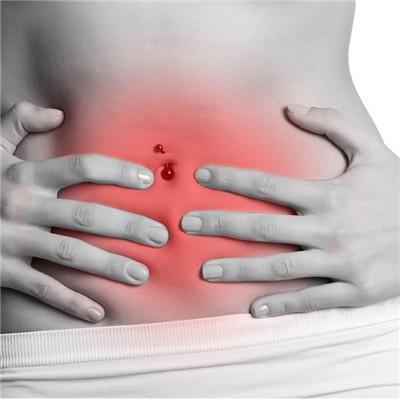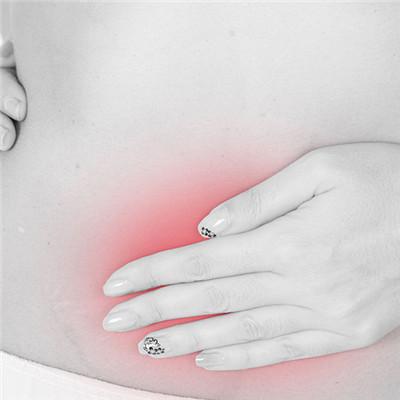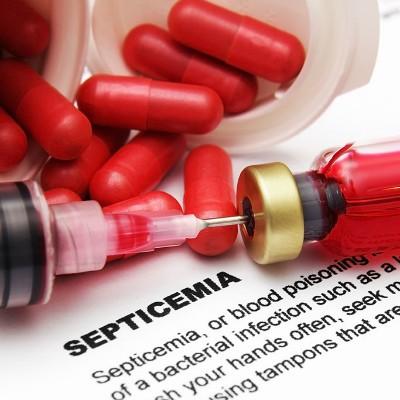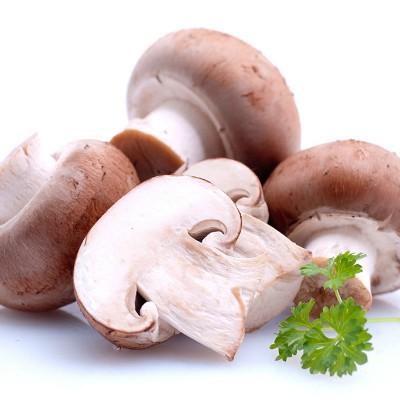Symptoms of low intestinal obstruction
summary
Low ileus refers to the ileum, ileocecal, large intestine obstruction. The treatment methods include non-surgical treatment: enema, gastrointestinal decompression, rehydration, antibiotics infection, correction of acid-base imbalance, nutritional support, etc; If conservative treatment is ineffective, surgical treatment is needed: release of adhesion, removal of incarceration, resection of necrotic or tumor intestinal segments, drainage of abscess, enterostomy decompression, etc. Let's talk about the symptoms of low intestinal obstruction.
Symptoms of low intestinal obstruction
(1) Abdominal pain: simple mechanical intestinal obstruction is usually paroxysmal severe colic.

(2) Vomiting: vomiting occurs soon after obstruction, and then enters a period of quiescence. The time of recurrence depends on the location of obstruction.

(3) Abdominal distension: abdominal distension generally occurs after a period of obstruction.

matters needing attention
1. Correct the disorder of water and electrolyte and acid-base imbalance: it is very important to correct the disorder of water and electrolyte and acid-base imbalance no matter whether surgical or non-surgical treatment is adopted. 2. Gastrointestinal decompression is one of the important methods for the treatment of intestinal obstruction. 3. Prevention and treatment of infection and toxemia: the application of antibiotics has a certain effect on the prevention and treatment of bacterial infection, so as to reduce the production of toxins. In addition, general symptomatic treatment such as sedatives and antispasmodics can be used, while the application of analgesics follows the principle of acute abdomen treatment.










